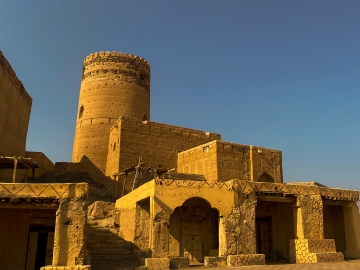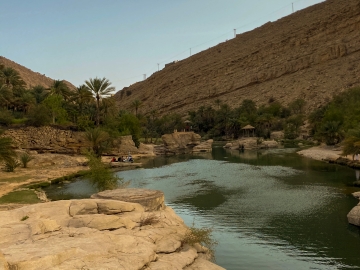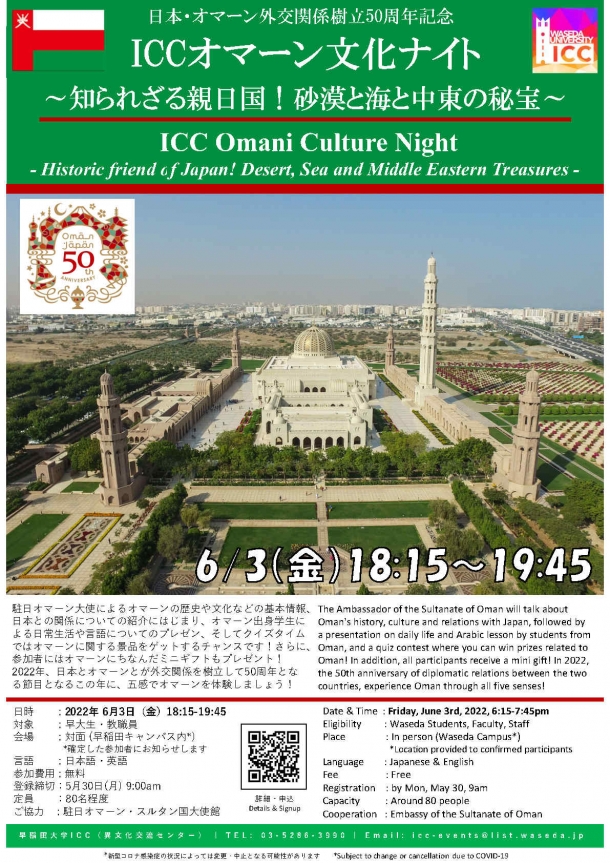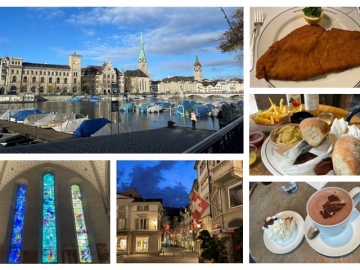Unique Spices in Omani Cuisine
Masters Second year in School of Creative Science and Engineering
Balqes Al Harthi
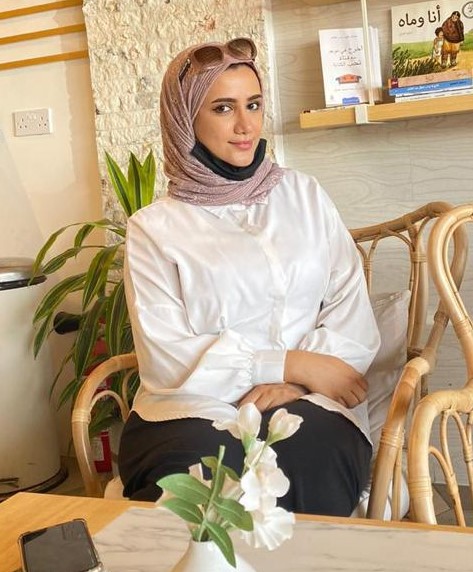
I come from the Sultanate of Oman, located on the southeastern coast of the Arabian Peninsula. The native language in Oman is Arabic.
Oman is known for its unique geography where one can enjoy various environments such as coasts, mountains and deserts. You can also see a beautiful blend of old historical sites like forts that are designated UNESCO World Heritage Sites and can be seen in the middle of newly built houses and buildings.
I grew up in a small town called Al Qabil with a population of around 16,000 in the North Al Sharqiya governorate, which is about 200 km from the capital city Muscat. My town is surrounded by mountains, farms, and gold sands and is known for its historical sites and beautiful valleys (Wadis).
Left:Old buildings are kept as heritage
Right:Wadi (Arabic term traditionally referring to a valley)
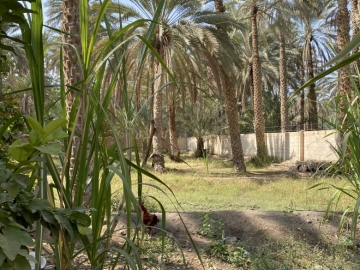
My family’s farm
My town is famous for date palm trees which fruit in summer when the weather gets warm and humid. There is at least one palm tree in the garden of every house in my town, and the harvest season in summer lasts for two months. Families work together, enjoying picking dates and saving some for wintertime.
Eid is a special occasion that is celebrated twice a year in Islamic countries, one is called Eid Al Fitr which is the first day after the month of Ramadan ends, and it is the day of breaking the fast that lasts for a month. During Eid, people wear traditional dress, gather with family, and prepare delicious food.The occasion is considered as a chance to visit the relatives and neighbors that we can not get to meet so often. The Omani traditional clothes for women are so beautiful and colorful.
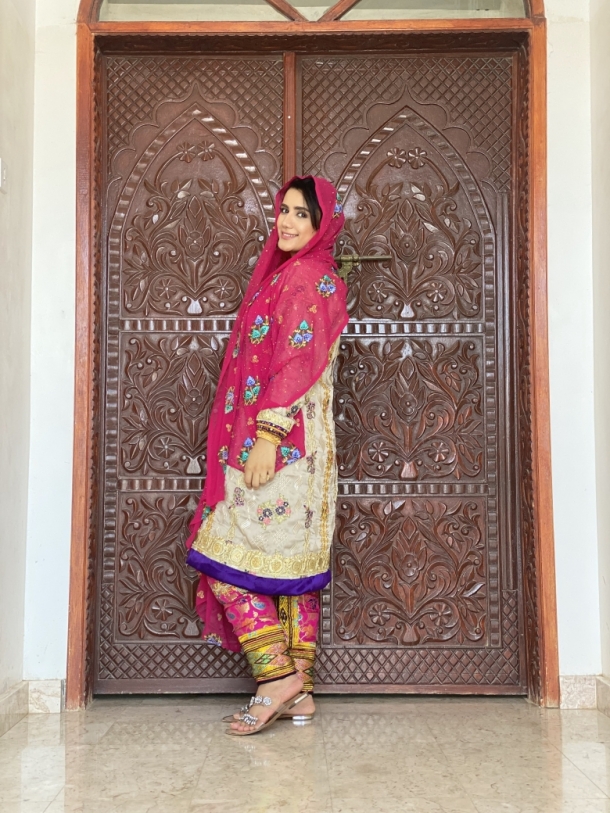
Me in traditional Omani costume (Al Sharqiya Region)
Omani food needs various spices.The spices are usually a mix of many spices, and the way of mixing are different according to the dish.For example,with regards to Qabooli,which is one of famous Omani dishes, spices consist of turmeric, cloves, cumin, chili, cardamom and cinnamon,and a mix of ground cumin and coriander. I think most of the spices can also be found in Japan especially in Southeastern Asian shops, but not everything. When cooking curry,we usually use dried black lemon,but it is not available in Japan,so I bring it from Oman.The picture below shows one of the typical breakfast meals, beans,bread and a cup of milk tea that is called Karak.”Karak” is derived from India. It is a creamy, milky, spiced tea.
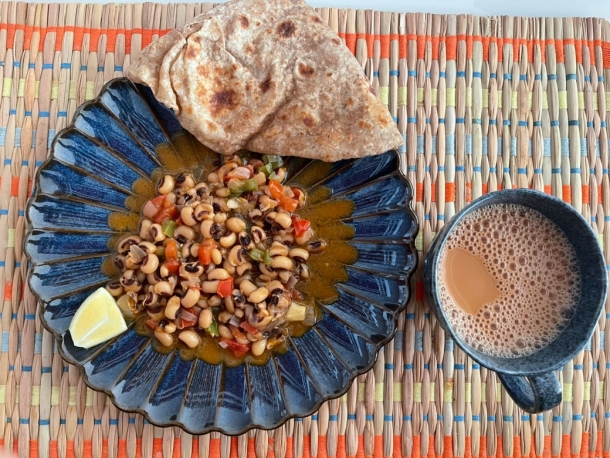
Typical breakfast
◎What the Sultanate of Oman is like◎
It is located at the eastern end of the Arabian Peninsula, facing the Arabian Sea and the Gulf of Oman. The capital is Muscat, and the official language is Arabic. Crude oil production is the main industry, accounting for half of its gross domestic product (GDP). Its area is about 85% of Japan’s and its population is about 4.59 million (as of February 2022). The time difference from Japan is minus 5 hours. The Sultan Qaboos Grand Mosque is the largest mosque in Oman, which is familiar with a glittering interior decorated in Arabic patterns. The Hawiyat Najm Park, about a two-hour drive from Muscat, is famous for its natural pools due to erosion of the ground and soil.
ICC Event Information
Historic Friend of Japan: Desert, Sea and Treasure in the Middle East ICC Omani Culture Night
Date & Time: Friday, June 3, 2022, 6:15pm-7:45pm
Registration Deadline: Monday, May 30, 9:00am
For more information, please click here.

